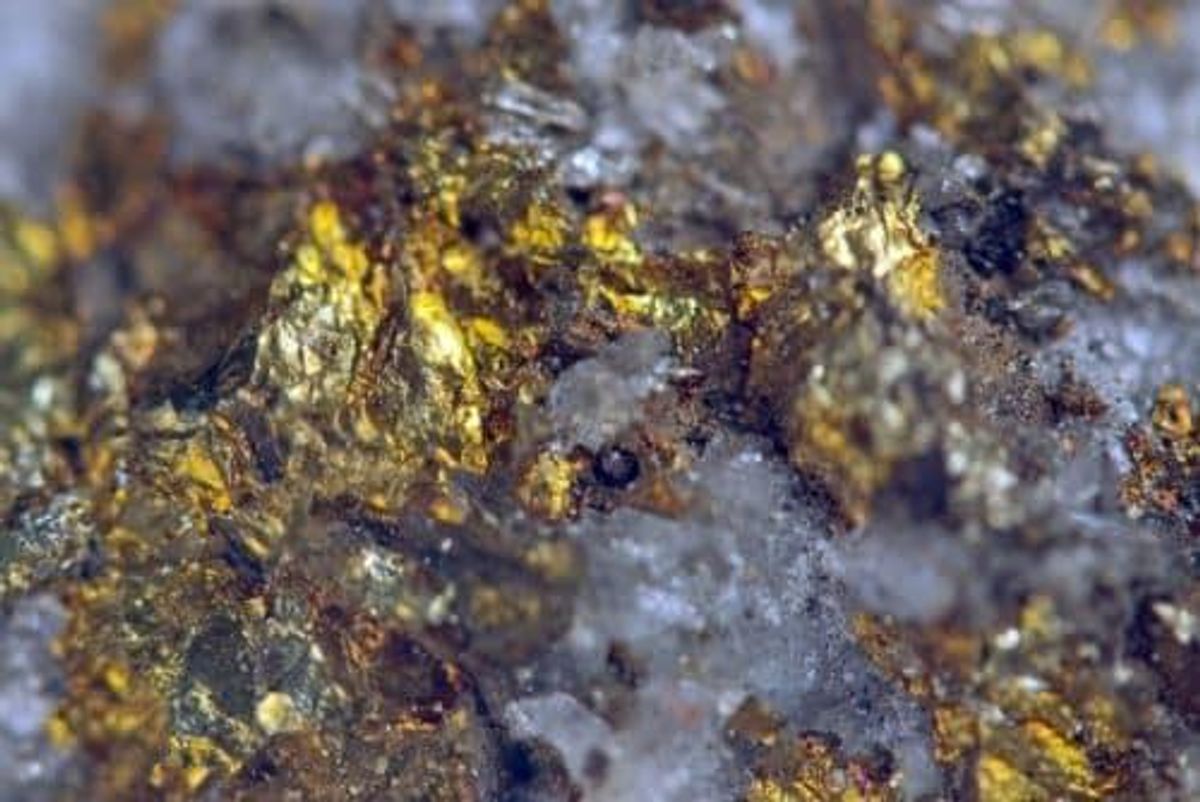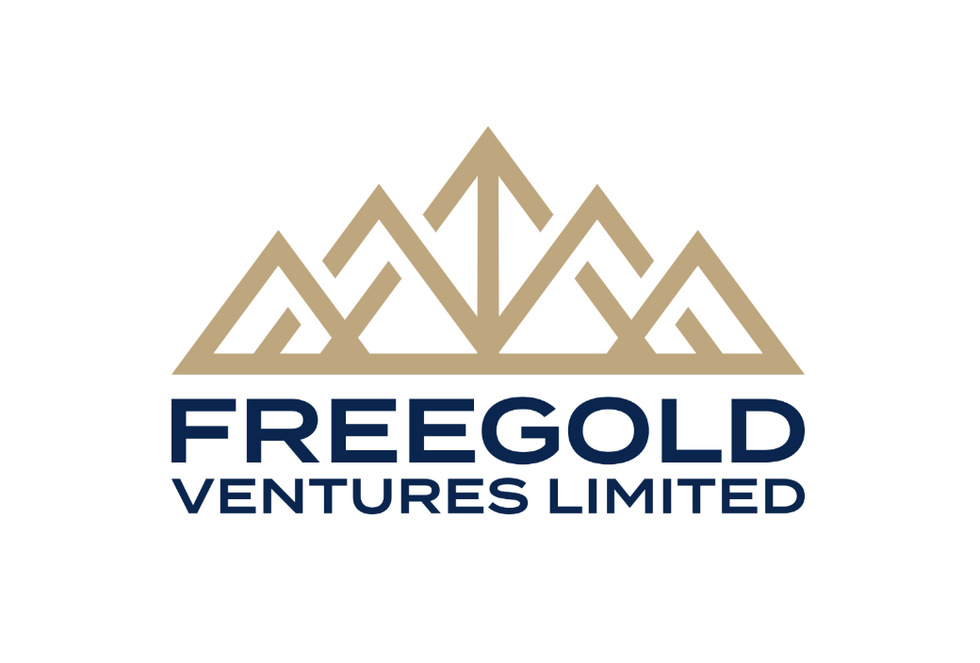Gold Grain Morphology: A Valuable Method of Gold Exploration
Gold grain morphology is an excellent technique for effectively targeting gold deposits that may be economically feasible.

The high value of gold means deposits with very small concentrations of the metal can be economically mined — a fact that is great news for gold miners, but complicated for gold explorers.
Gold is often found in ores composed of rock with very small particles. When it comes to extraction, ore with grades of gold as little as 0.5 parts per million (ppm) can be economically mined. Because ore grades of 30 ppm are usually needed before gold is visible to the naked eye, gold in most mines is invisible.
Not only can viewing individual grains of gold prove challenging, but the nature of prospecting means that finding these grains of gold through conventional sampling can be nearly impossible.
How do explorers find gold?
In searching for economic deposits of any metal, prospectors use geophysical data to narrow down a region of interest, then return to complete sampling and assaying. In an entire region, the prospector will only take a few samples and use that data to determine if the region warrants more exploration work.
When it comes to gold prospecting, this method means it is very easy to miss an economic gold deposit. So how does a prospector improve the odds? There are several techniques that can be used to enhance the chances of finding gold, including using satellite imagery, remote sensing and indicator minerals; another is using gold grain morphology.
Gold grain abundance and grain characteristics have been applied systematically in the past 35 years in the search for gold. The most common characteristics used are size, shape and chemical composition.
What is gold grain morphology?
Gold grain morphology is an example of one of these techniques. Gold grain morphology takes advantage of the fact that gold is very malleable, and the surface shape of gold will change as the metal travels farther away from its source.
Under the gold grain morphology classification system, gold grains are “rated” as either pristine, modified or reshaped.
Pristine gold grains have maintained their primary shapes and surface textures. The discovery of pristine grains indicates that the sample is less than 500 meters from the source of the gold sample. Modified gold grains are slightly reshaped, and the discovery of modified gold grains indicates that the sample is under 1,000 meters away from the source. Lastly, reshaped gold grains have been worn down as a result of traveling more than 1,000 meters from the source.
During a gold grain morphology assessment, in a given till sample of 30 to 50 kilograms, all of the gold grains are sorted out and assessed according to the above morphology classification. If a sample area turns up a significant amount of gold grains, then further exploration is completed.
The Investing News Network spoke with Mark Kolebaba, president, director and CEO of Adamera Minerals (TSXV:ADZ,OTC Pink:DDNFF), about his experience using gold grain morphology.
“When you have high counts of pristine and modified gold grains, you know that you are close to a bedrock source of gold," he said. "High amounts of pristine and modified gold grains in a sample almost always lead to a bedrock source of gold.” He added that using gold grain morphology increases the chances of identifying a gold source over a broad area.
As mentioned above, a 0.5 ppm gold mine may be economic. To put this into perspective, a 50 kilogram till sample that supports a 0.5 ppm concentration would contain only around five gold grains. In normal geochemical analysis, a 50 gram sample of the 50 kilogram till sample might go to the lab to be analyzed. What are the chances that one of the gold grains actually makes it into this sample?
Why is gold grain morphology beneficial to mining?
Gold grain morphology is important because it allows gold grains to be pulled out of a sample; their morphology can then be assessed and used to narrow down the location of the bedrock source of the gold.
For comparison, normal geochemical data allows prospectors to indicate gold in the parts per billion scale, while gold grain morphology allows prospectors to narrow down gold in the parts per trillion scale. When you consider the current price of gold and the small amount of gold actually needed to generate an economic deposit, gold grain morphology is an excellent technique for effectively targeting gold deposits that may be economically feasible.
This is an updated version of an article first published by the Investing News Network in 2010.
Don’t forget to follow us @INN_Resource for real-time news updates!
Securities Disclosure: I, Melissa Pistilli, hold no direct investment interest in any company mentioned in this article.
Editorial Disclosure: The Investing News Network does not guarantee the accuracy or thoroughness of the information reported in the interviews it conducts. The opinions expressed in these interviews do not reflect the opinions of the Investing News Network and do not constitute investment advice. All readers are encouraged to perform their own due diligence.
- Top 10 Gold Reserves by Country ›
- 10 Largest Producers of Gold by Country (Updated 2023) ›
- What Makes a World-class Gold Deposit? (Updated 2023) ›
- Satellite Imagery and Gold Exploration (Updated 2023) ›
- Indicator Minerals in Gold Exploration (Updated 2023) ›






